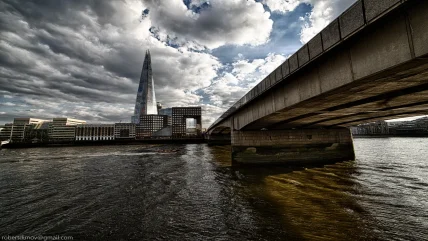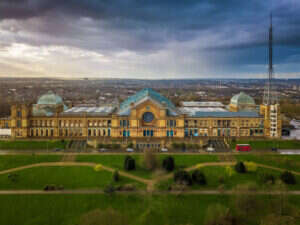
Here’s one last thing we learnt in our recent London demographics odyssey. We’re not going to lie to you: this one’s a bit silly.
South London, one often senses, feels a bit hard done by. The Tube barely touches it; black cabs do their best to avoid it; and consequently those who live there are frequently to be heard whinging about the impossibility of getting anyone to make the arduous trek from the other side of the Thames to visit it. That’s changed a little, in recent years, but nonetheless, the parts of the city that are either famous or fashionable are more likely to lie on the north bank of the river.
Partly, this is simply a matter of history: the original Roman London lay on the north bank of the Thames, and the majority of the city’s central activity zone remains there. But, just possibly, geography and demographics are a factor, too.
In 2011, the Boundary Commission for England divided the capital into its northern and southern halves. The latter got the 11 boroughs south of the river and Richmond, which is bisected by it. That left the north with 20 boroughs, and the City of London.
You can see instantly that the north is just, well, bigger: the curve of the Thames means there’s simply more land north of the river than south of it.
That applies to population, too. Even when South London gets custody of suburbs like Twickenham, in the part of Richmond which lies on the Middlesex bank of the river, it still contains just 40 per cent of the city’s population.
Here’s a bar chart of the boroughs by population, and colour-coded to show which side of the river they’re on. The most populous borough, Croydon, is south of the Thames; but the next four are all north..
However you cut it, North London is bigger than South London. The obvious (and entirely objective, scientific, etc.) conclusion is that the reason North London seems to dominate the city is that, mathematically, it does.
Grumpy South Londoners may respond that all this is a bit unfair – that we’re counting east and west as part of the north. And that’s true, but:
1) We’d posit that east and west Londoners are more likely to identify with north than south. The Thames does represent the city’s main psychogeographic fault line: there is a reason we call Barking “East London” but Woolwich “South East London”. And anyway:
2) The Boundary Commission started it.
Or, to put it another way, the next time you’re wondering why North London gets all the love, it’s because it is, objectively – scientifically – more important. Sorry, guys.
If you’re interested in reading more chart-based ramblings on London’s demographics, why not check out the following.






